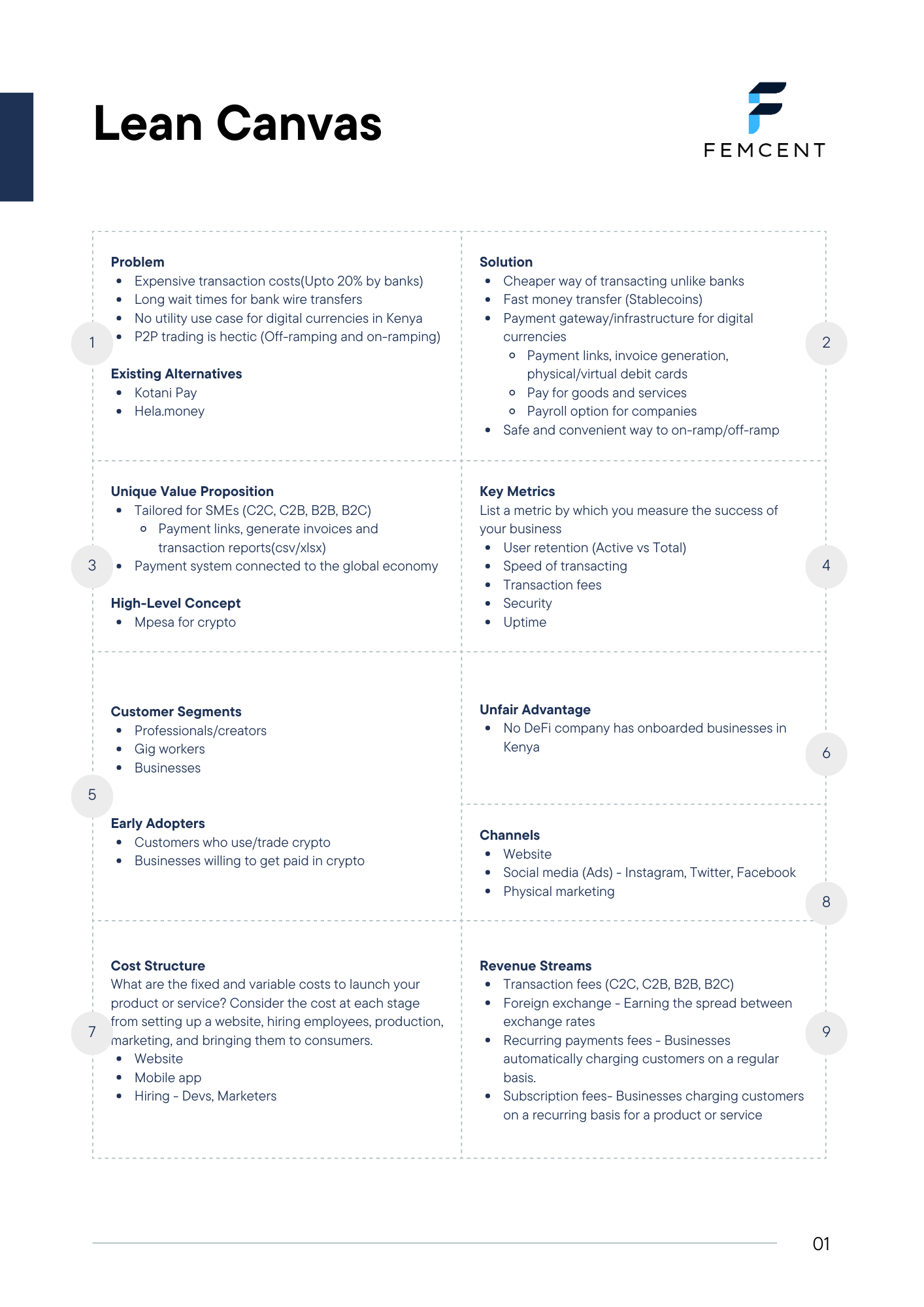Validating the Idea – Is This Worth Pursuing?
 Mike Thuita
Mike Thuita
Every entrepreneur starts with an idea. It’s fascinating how many ideas come up in casual conversations with people. But here’s the hard truth: ideas are just the 1% of the equation. Execution is where the magic happens, and not many people get to that phase. I’ve even met people who are secretive about their ideas, afraid someone else might steal them. But I’m from the school of thought that ideas should be shared because the more people you share them with, the more you learn and evolve them.
After all, an idea that stays in your head is as good as useless if you can’t execute on it. I remember hearing a saying once: "The richest place in the world is the graveyard, where untapped dreams, unwritten stories, and unspoken ideas are buried—because too many were too afraid to bring them to life." That line hit me, and it’s something that’s stuck with me ever since.
In the previous post, I talked about attending multiple competitions and hackathons. Through those experiences, we made countless pitches and presentations to panels and judges. One thing that helped us break down our ideas and refine our pitches was something I learned in one of my Computer Science “Entrepreneurship” class: the Lean Canvas. This tool answered almost every question judges asked, from “What is your unique value proposition?” (essentially, why you?) to questions about competitors and scalability.
So, let's dive into the Lean Canvas and see how you can use it to break down your own ideas and validate whether they're worth pursuing.
The Lean Canvas Explained (and Why It’s Useful)
The Lean Canvas is a simple but powerful tool that helps you map out your business idea on a single page. It’s great because it forces you to answer the tough questions early on—questions you might not think about until you’re knee-deep in execution. Here’s how you can go through each section:
1. Problem
Think about the customer segments you want to serve. What real-world problems are they facing? Without identifying the problem, there’s no need for your product or service. List one to three high-priority problems your target customers are dealing with.
2. Customer Segments
Your customer segments and their problems are connected. Who exactly are you solving this problem for? Be specific. Without knowing your audience, you can’t understand their pain points, and vice versa.
3. Unique Value Proposition
At the center of the canvas is your Unique Value Proposition (UVP)—the primary reason someone should choose you. This is your differentiator. Ask yourself: why should your customer pick you over a competitor? Keep this simple and compelling.
4. Solution
The solution is what addresses the problem, but you’re not going to nail this on the first try. Get out of the building—as Lean Startup godfather Steve Blanks says. Go talk to potential customers, learn from them, and iterate. Your solution should evolve based on real-world feedback.
5. Channels
How will you reach your customers? You don’t need to be everywhere, but you do need to be where your customers are. Channels could be social media, email, blogs, webinars, trade shows, or even in-person networking. Start small and focus on learning, not scaling, in the beginning.
6. Revenue Streams
How will you make money? Pricing strategies matter here. Be careful about giving too much away for free—people value what they pay for. It’s harder to get paying customers later if you start out giving everything away.
7. Cost Structure
Think through your operational costs. How much will it cost to build, launch, and sustain your product or service? Consider costs like development, marketing, hiring, and even customer interviews.
8. Key Metrics
What key metrics will you track to know if you’re moving in the right direction? For early-stage startups, it’s helpful to use something like Pirate Metrics (ARRRR): Acquisition, Activation, Retention, Referral, Revenue. These metrics will help you monitor performance.
9. Unfair Advantage
This is always the hardest part to nail down, but it’s critical. Your unfair advantage is what sets you apart and can’t easily be copied. This could be insider knowledge, a dream team, early customer traction, or an influential partnership. But be real—things like passion and commitment don’t count here.
Pro Tip: If you want to see this in action, check out this Lean Canvas I put together for one of our past projects for a hackathon, Femcent, a crypto savings tool for chamas.

Market Research: Backing Your Idea with Data
Lean Canvas is just part of the equation. The other part is market research—and you can’t skip this. It’s not enough to just believe there’s a need for your product. You have to back it up with data.
Here’s an example from MulaStack:
Over 6 million Kenyans now own cryptocurrencies, largely influenced by the rise of international trade and the gig economy. Cryptocurrencies provide a fast and cost-effective way to transact globally, making them an attractive option for freelancers and entrepreneurs whose clientele spans the globe. Many in Kenya are paid in crypto, which has opened up new opportunities in a global market that was previously difficult to access due to the high costs and delays associated with traditional banking systems.
According to Freeman Law, Kenya holds over $1.5 billion worth of Bitcoin, representing 2.3% of Kenya’s GDP. Despite warnings from the Central Bank, cryptocurrencies like Bitcoin are still widely accepted.
This data was pivotal in validating that Bitcoin demand in Kenya was real and growing. And more importantly, it showed us there was a gap—an opportunity to make Bitcoin more accessible to everyday people who wanted a better way to save and transact.
Key Takeaway: Validation Is Non-Negotiable
At the end of the day, it’s not enough to have a great idea. You need to put it to the test. Talk to people. Do the research. Build a Lean Canvas. Get data that backs up your claims. And always remember, the goal isn’t to have a perfect plan from day one—it’s to learn, iterate, and adapt.
Resources
Here’s a link to a Lean Canvas template you can use for your own idea. Try it out and see if your idea holds up:
Lean Canvas Template on Figma – It’s Free!
https://www.figma.com/board/GLnhLeazgUb8YC5rtj1iys/Lean-Canvas/duplicate
Next Up: Building the Team – Finding the Right People to Work With
In the next post, we’ll talk about building your team. Building a startup isn’t a solo mission—it takes a team. But how do you find the right people when you’re just starting and don’t have a big budget? I’ll share our approach to building the team, what we got right, and the mistakes we made along the way.
Subscribe to my newsletter
Read articles from Mike Thuita directly inside your inbox. Subscribe to the newsletter, and don't miss out.
Written by

Mike Thuita
Mike Thuita
Techpreneur | FinTech | Blockchain | Climate Tech